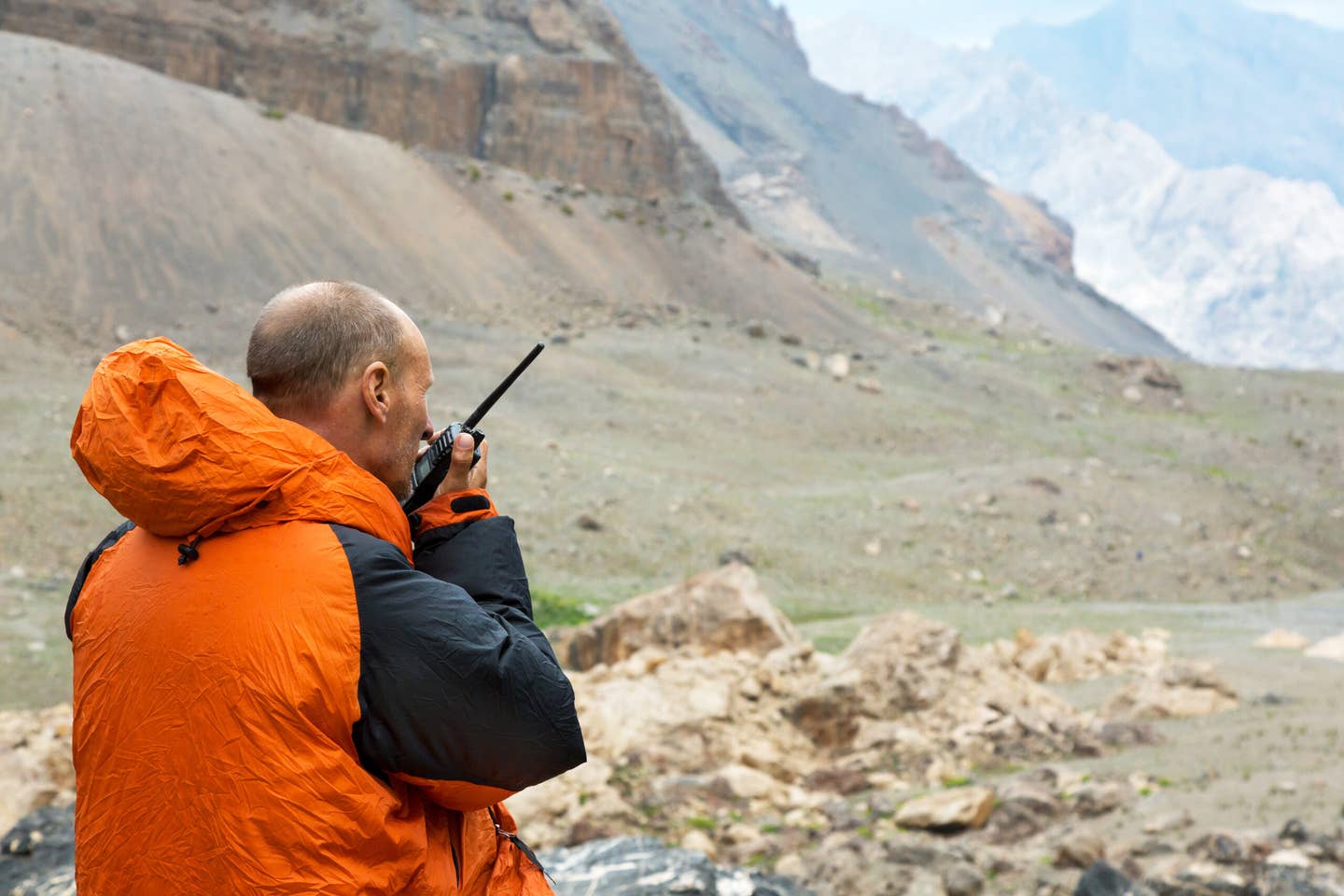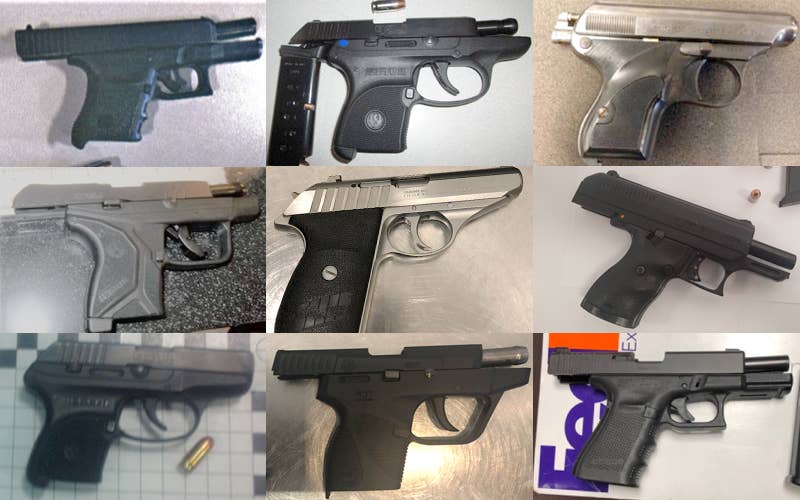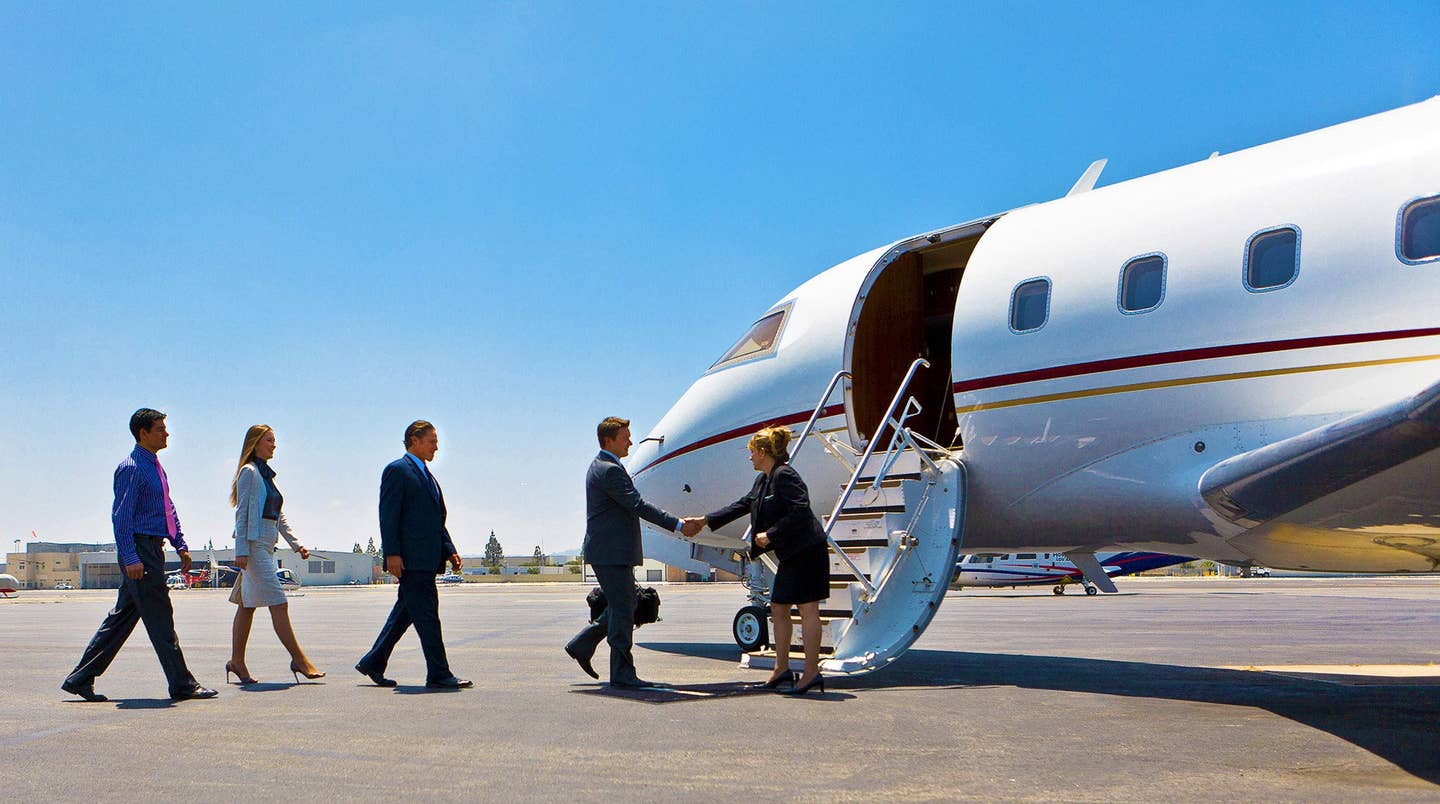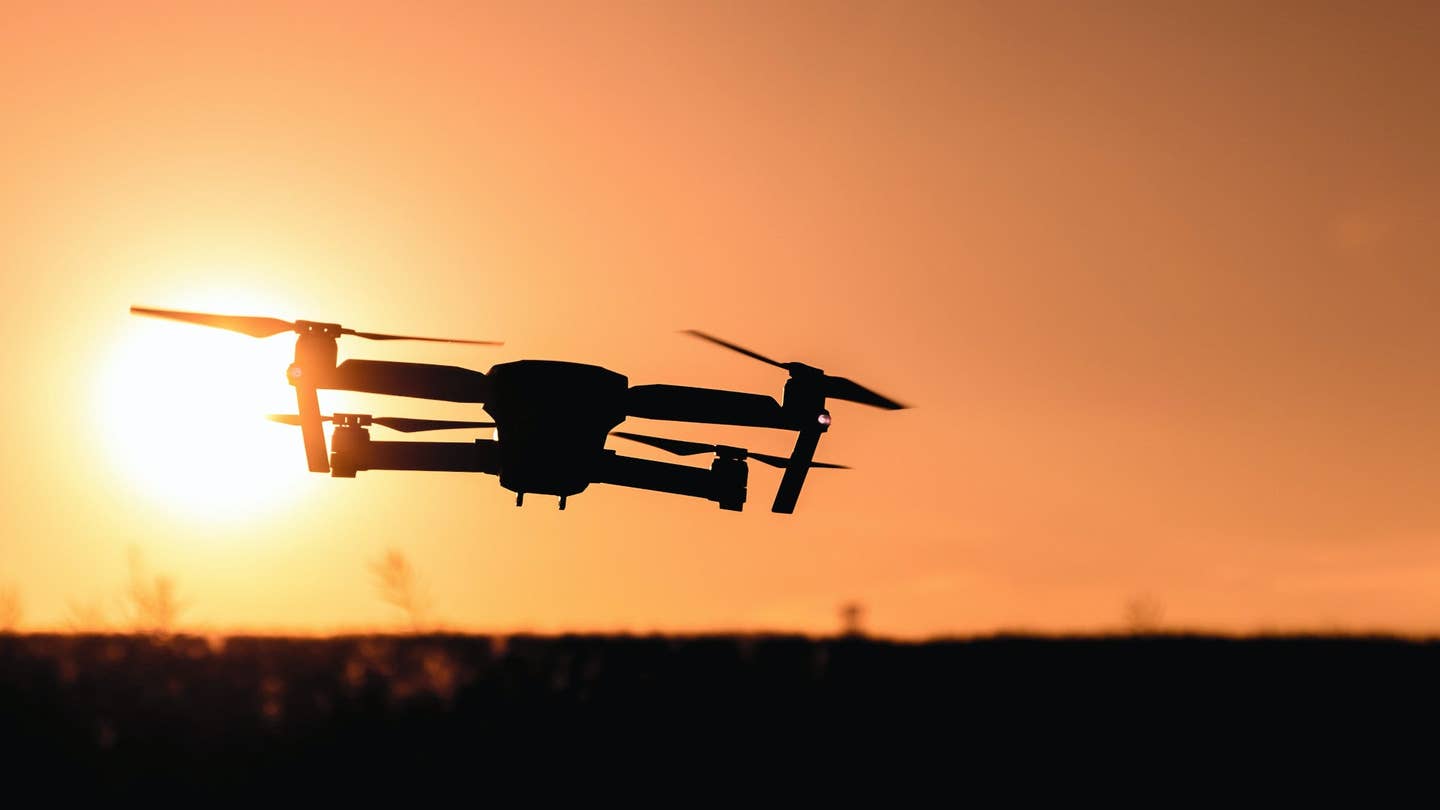What Is an Aviation Satellite Phone?
Satellite phones are mobile devices capable of being used without cell phone towers, instead they receive their signal from satellites in orbit around the Earth.

You can opt to rent or buy a satellite phone. [Adobe Stock]
Aviation satellite phones are simply satellite phones used by pilots. There are no specific differences between an aviation satellite phone and a non-aviation satellite phone. Satellite phones are mobile devices capable of being used without accessing cell phone towers, instead, they receive their signal from satellites in orbit around the Earth. Satellite phones are often used as emergency safety measures when users are not in locations where other forms of communication work, such as in remote areas or at high altitudes.
How Does an Aviation Satellite Phone Work?
Satellite phones are mobile two-way communication devices similar to traditional mobile phones. The difference is that the satellite phone uses satellites that are orbiting the Earth instead of stationary cell towers on the ground. The satellite constellations work together in a system to transmit signals and are broken up into high Earth orbit or low Earth orbit (LEO).
High Earth orbit satellites are large satellites that maintain an altitude of around 22,000 miles. These satellites follow the Earth as it rotates.
LEO satellites offer a significantly lower orbit, around 900 miles. They are much smaller and lighter than HEO satellites, and there are more of them in orbit.
Why Can’t You Use Data On an Airplane?
While researchers have not seen any direct evidence of cell phones or other electronic devices interfering with aircraft systems, federal agencies like to err on the side of caution. The Federal Aviation Administration (FAA) asked the RTCA, an independent industry standards organization, to study the issue of electronic devices on airplanes in 1992. The RTCA found there was no interference from electronic devices and aircraft systems and advised allowing the use of laptops, gaming devices, and music players. To ensure there was no interference that may have been missed in the research, RTCA and the FAA suggested the precaution of banning the use of any and all devices during the critical takeoff and landing phases.
As for data, specifically 5G data, there may be interference to aircraft systems such as communication systems. For this reason, the FAA and flight crew enforce that all passengers enable airplane mode on their cell phones for the duration of the flight.
How Are Satellite Phones Installed?
If you plan to install a fixed satellite onboard your aircraft, you may include large, rugged, rack-mounted electronics, and a steerable microwave antenna on the mast that automatically tracks the overhead satellites. It is encouraged that fixed satellites be installed by licensed airframe mechanics.
How Much are Satellite Phones?
Your budget for a satellite phone will need to be adjusted based on your personal priorities. Most satellite phones range in price from $400 to $1,500, depending on the features of the phone. The more technologically advanced the phone is, the more expensive it will be.
Discover FLYING’s top satellite phone choices and their pricing here.
Can I Rent a Satellite Phone?
For users in situations where a satellite phone may be needed only a few times a year—or a one-time use, such as during an international or long-distance ferry flight—or who would like to test different models before purchasing their own, renting a satellite phone can be a great option. There are many places to rent a satellite phone.
Which Countries Have Restrictions on Satellite Phones?
When traveling with a satellite phone, make sure your destinations are satellite phone friendly. Certain countries restrict their usage in various ways or ban them entirely.
- Burma/Myanmar: Restricted
- Chad: Illegal
- China: Illegal
- Cuba: Illegal
- India: Illegal
- Libya: Illegal
- Nigeria: Illegal
- North Korea: Illegal
- Russia: Restricted
- Sudan: Restricted
Benefits of an Aviation Satellite Phone
Equipping a satellite phone for your aircraft comes with great benefits. Ensuring communication in emergency situations with no dropped calls is one of the main reasons satellite phones are sought after.
Disaster Response
Satellite phones are designed to withstand harsh conditions. They are more durable, shock-resistant, water-resistant, easy to carry, lightweight, and reliable than regular cell phones. This makes them reliable in emergency situations.
No Dropped Calls
Because satellite phones utilize orbiting satellites to communicate, the likelihood of a dropped call is very low. It also goes without saying that satellite phones can be used in very remote areas.
No Cell Tower Required
Satellite phone systems can be classified into two types: systems that use satellites in a high geostationary orbit (HEO), 35,786 km (22,236 miles) above the Earth’s surface, and systems that use satellites in low Earth orbit (LEO), 640 to 1,120 km (400 to 700 miles) above the Earth.
The network coverage will vary depending on the satellite phone you choose. The most common network compositions are:
- 40 orbiting satellites
- 66 low orbiting satellites
- 3 geostationary satellites
Special Features
Many satellite phones have additional features such as:
- GSM compatibility enables the phone to be used as a cellular phone.
- GPS display showing longitude and latitude.
- Solar panels for remote recharging of the battery.
- Paging, data transmission, and faxing capabilities.
- Made for rugged environments with water, shock, and dust resistance.
Ground-Based vs. Satellite Phones
There are two types of communication systems, a network of ground-based stations and communication satellites orbiting the earth.
Ground-based systems provide voice calling, fax, and even data transfer as long as the aircraft is operating within the confines of the ground network. If the aircraft is not within range of the ground-based system, communication will not be operational.
Satellite-based systems can provide traditional voice calls, low-level data tracking systems, and high-speed data services, as well as distress and safety services.
Depending on the use case, both ground-based systems and satellite systems are good options. Understanding the available network before, during, and after your flight, will help you choose the right option for you.
Keep in Touch
Satellite phones are an excellent tool to keep on hand, especially for pilots flying alone. Keeping a satellite phone on hand can offer a sense of security. For more information regarding gear for pilots and to stay informed on more flight bag essentials, subscribe to FLYING magazine.

Subscribe to Our Newsletter
Get the latest FLYING stories delivered directly to your inbox






